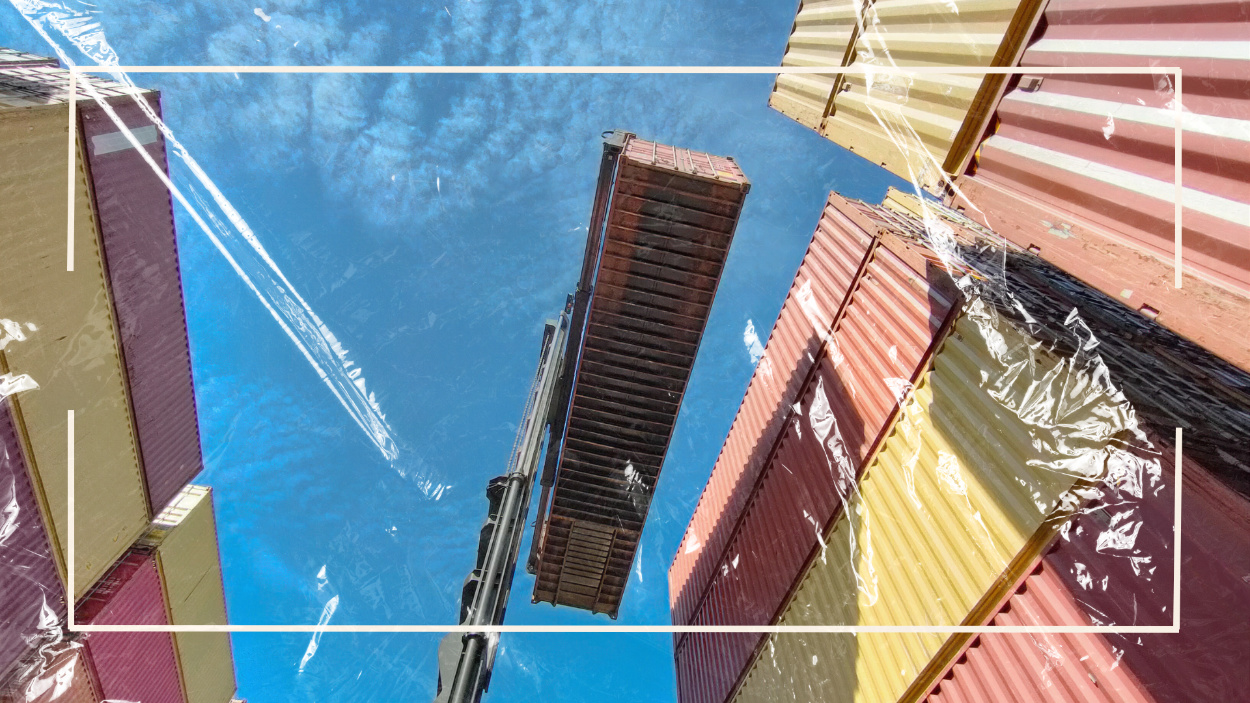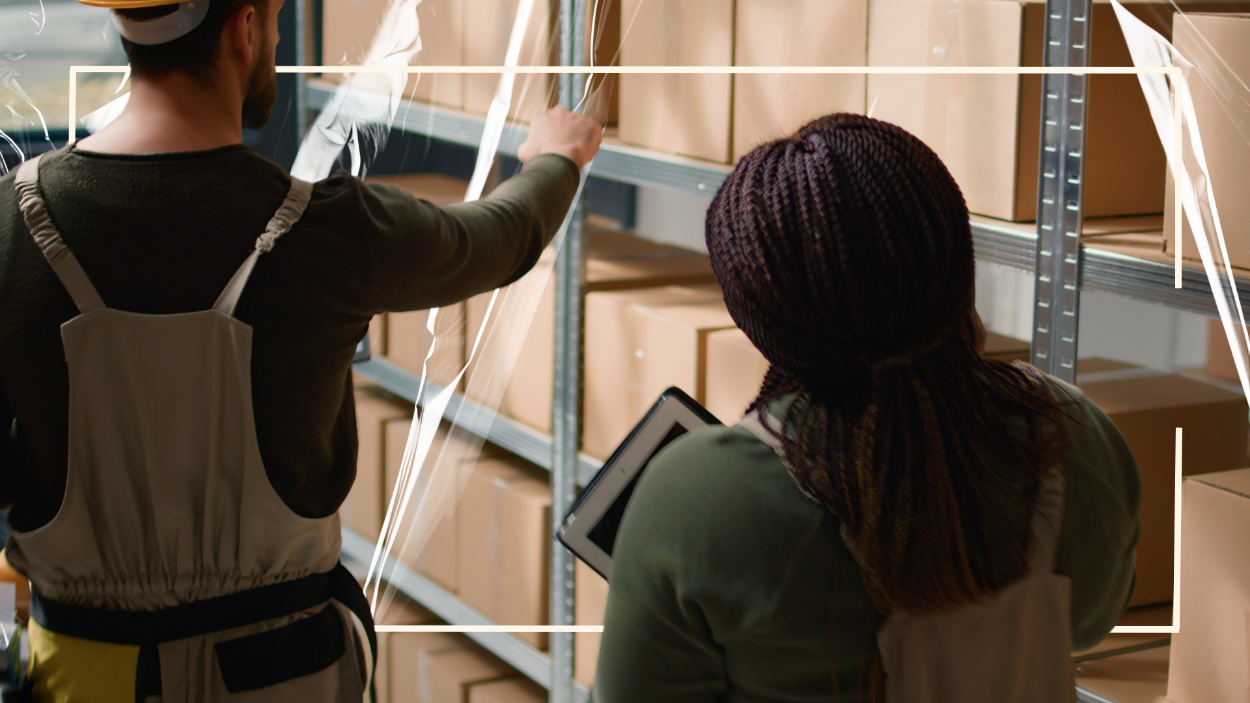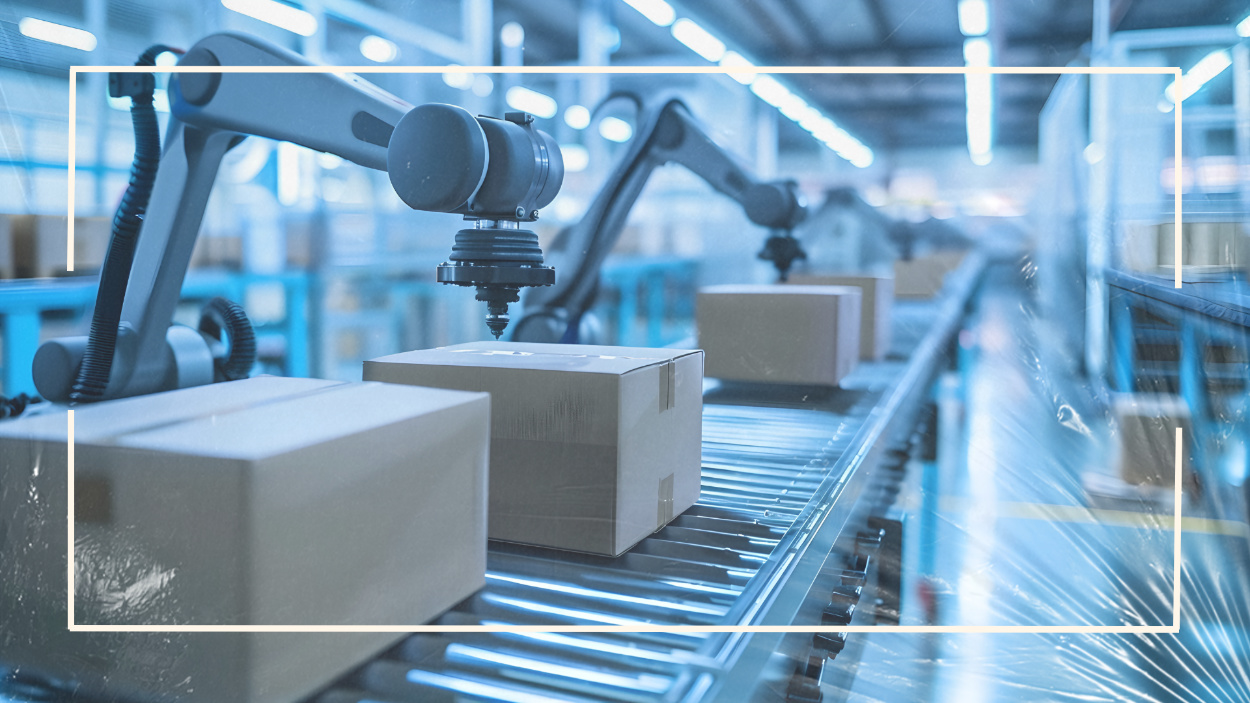For years, TradeBeyond’s Retail Sourcing Report series has provided regular insight into the issues and trends impacting the landscape of global sourcing for fashion and retail. The latest edition (Retail Sourcing Report: 2025 Supply Chain Trends) captures the full scope of supply chain challenges and trends for 2025 – already a uniquely tumultuous time for the upstream side of fashion, with pronounced impacts on downstream retail and a range of product outcomes.
The Interline’s team set out to contextualise some of the key challenges for our audience, to reflect on the cascade of changes the first few weeks of the year have already brought, and to identify some of the key capabilities that senior fashion figures and global brands are seeking to build or deepen this year to turn the supply chain from a silent operational function into a top strategic priority.
For the full analysis, download Retail Sourcing Report: 2025 Supply Chain Trends – and explore the back catalogue of previous reports – directly from TradeBeyond.
The supply chain has always been essential to the operational side of fashion. But despite its all-encompassing impact, orchestrating and optimising the supply chain has also been a quieter, more specialised discipline than the more outward-facing parts of the industry.
Organisationally-speaking, sourcing and supply chain are critical business functions that nevertheless sit firmly in the back office, bringing products to market as smoothly as possible, with efficiency, speed, and profitability improvement gained in incremental steps that rarely make the news.

Or at least that was true until recent events – and especially the far-reaching, landslide changes of the first two months of 2025 – challenged long-established conventions, began to break down entrenched frontiers, and elevated the definition of a successful supply chain from being a matter of quiet excellence to becoming a key strategic competency, a focal point for senior leadership, and a vital competitive battleground for brands.
But the fast-evolving disruptions we’ve witnessed so far this year are just a part of a complex set of reasons for this reframing – and just the tip of the iceberg when it comes to understanding how critical the supply chain has already become to fashion in 2025, and why that importance is likely to increase through the rest of the year.
To look forward, though, we first need to look backwards. For several years, supply chain and sourcing practices have been coming under progressively greater scrutiny – and earning more investment over time as a result – because of their pivotal importance to ESG, traceability, compliance, and circularity initiatives. The same functions have also become some of the most powerful levers brand and retail organisations can pull to mitigate risk, ringfence margin, and improve resilience and agility.

And executives have also quickly become more acutely aware that decisions made upstream directly impact how effectively their companies can meet changing consumers, manage morphing retail channels, shore up the infrastructure needed for world-class inventory management and logistics, and futureproof forecasting, planning, product design and development.
The supply chain, then, has been shouldering a heavier burden year over year, well before the latest movements threatened to tilt the table more dramatically. Even though skilled professionals have worked to tackle these emerging challenges as they arose, that constant battle to stay ahead of an evolving demand has also left apparel and footwear supply chains dogged by persistent issues. Long timelines to market are common, disconnected processes and legacy systems are the norm, and a lack of clarity into labour and commodity costs is constantly looming over lasting certainty in sourcing.
And this is about more than just “vibes”: Accenture research cited in Retail Sourcing Report: 2025 Supply Chain Trends found that while average supply chain maturity scores increased more than 50% between 2019 and 2023 (evidence of that investment and improvement), the industry watermark remains low, at just 36%.

As data from The Interline and MMGNET’s industry-spanning Fashion & Technology in 2025 report reveals, more than 80% of fashion professionals believe that investing in technology will help to tackle deep-seated issues with supply chain visibility and sustainability. And as the same Accenture data notes: mature supply chains are demonstrably more than 20% more profitable than the alternatives.
The mandate for upstream transformation, then, is strong. Against a backdrop of major near-term disruption and geopolitical instability, and much longer-term challenges, fashion brands are seeking to either create new, strategic, supply chain capabilities or deepen existing ones.
But what do the mechanics of meeting that mandate look like? What, specifically, are fashion’s senior figures – armed with growing recognition of the critical importance of the supply chain to the overall success of their businesses – going after? And what capabilities are they seeking to build?
By combining data sources from across the industry, and TradeBeyond’s own first-hand insights and expertise, 2025 Supply Chain Trends captures some key considerations for The Interline’s audience – as well as a fuller scope of supply chain and sourcing shifts for 2025 and beyond.

Deglobalisation and diversification by design
For decades, the prevailing model of sourcing has been global consolidation, with brands concentrating on specific regions where the right blend of capabilities, costs, and infrastructure existed.
The net output of this is supply chains that are efficient but brittle. As disruption has become more common and more universal, specialisation in particular territories has increased the shared risk profile; an interruption in one market can cascade through the industry as a whole, and a short-term disruption can easily become a lasting crisis.
As per data showcased in 2025 Supply Chain Trends, from Deloitte, 80% of organisations have already experienced at least one significant supply chain disruption, with 61% saying that material shortages were a top challenge.
To offset this kind of volatility, forward-thinking organisations are taking a step back from the globalised sourcing pool and seeking a competitive advantage (and a better chance at core business continuity) by forging new relationships and identifying new destinations.

Research by Accenture, cited in the TradeBeyond report, shows that more than 70% of companies have changed their production locations (adding or removing entries) between 2022 and 2024, and reveals that regional sourcing strategies are set to double between 2023 and next year.
And although near-shoring and reshoring are hot topics for 2025 – especially in light of the sudden tilt towards domestic production in the United States – the TradeBeyond report also reminds readers that multi-sourcing and split sourcing are set to increase between now and the end of 2026.
It’s clear that a strong, strategically-geared supply chain is one that’s spread and structured far differently to the model that has served fashion in the past.
Rearchitecting the supply chain – and rethinking supply chain solutions
That restructuring also applies to the essential shape of the supply chain. Spurred on by the introduction of regulations that set a baseline for the use of recyclable packaging and materials, or that require producers to implement extended-responsibility programmes that facilitate the reuse, repair, and recycling of clothing and textile fibres, around 60% of companies introduced formal circularity commitments (according to Bain). And research from Gartner suggests that close to 75% of supply chain readers expect those kinds of initiatives to drive profitability this year.
As fashion and retail industries look beyond linear supply chains, they are also preparing to seize on the opportunity to architect greater visibility into newer, more circular value chains.
According to data aggregated in 2025 Supply Chain Trends (from Moody’s Analytics), close to 70% of businesses lack visibility across their extended upstream operations, resulting in limitations to visibility beyond first-tier suppliers and manufacturing partners – with further data (from KPMG) revealing that less than 30% of organisations are able to obtain critical insights into Tier 2 materials suppliers or the deeper links in the chain.

In 2025, existing pilots in digital IDs, closer collaboration with existing partners (and correctly-built relationships with new ones) will join traceability initiatives further upstream that include fibre-level traceability solutions built through chemical, forensic, and technological tagging approaches.
This sort of technology-enabled intelligence is also set to manifest itself in a significant way at the strategic and systems level – becoming progressively more embedded into not just the mechanics of the supply chain, but the overall inner workings of the entire industry.
Smart procurement, for example, is an emerging approach that aims to build on the vast arrays of data that exist in the upstream value chain – and that inform strategic decision-making in sourcing and beyond – and to automate as much of that process as possible, covering contracts, vendors, requests, RFP, spending and other vital variables.
And for organisations that have already built these practices and proven the scale and resilience of their own supply chains, entirely new business models are emerging in the Supply Chains as a Services (SCaaS) market, where tools, relationships, best practices, and logistics are leased out to other retailers.
Amazon is an exemplar of this approach, providing fulfilment services for companies like Best Buy, Walmart, eBay, and Shopify – all in North America. SHEIN, too, has offered its in-house supply chain technology and its small-batch, decentralised manufacturing model to other brands – starting in 2024.

According to Grand View Research, as rolled up in 2025 Supply Chain Trends, the global SCaaS market was valued at $8.7 billion in 2023. With a growth rate forecast of 17.4% from 2024 to 2030, it is expected to reach $26.4 billion by the end of the decade – making supply chain execution not just a lever to optimise a company’s own processes, but an opportunity to expand into entirely new markets.
Major bets on AI and automation are starting to reach the supply chain
According to research conducted by The Interline and MMGNET in late 2024, fashion professionals are placing a huge weight of expectation on artificial intelligence: 82.7% of a cross-disciplinary group of industry insiders believe that AI will deliver measurable value by the end of 2025, and the majority already have AI projects underway or in-scope for this year.
Despite this widespread optimism at the whole-business level, though, the TradeBeyond report highlights that only 9% of companies widely use AI and generative AI specifically in their supply chains.
This gap likely reflects the gigantic possibility surface that AI offers, with a Deloitte survey referenced in the report identifying “end-to-end supply chain visibility” as the C-suite’s main AI focus, while findings from McKinsey show supply chain executives prioritising demand planning over visibility.
As 2025 progresses, TradeBeyond believes – and The Interline agrees – that AI and automation require alignment between executive-level topline objectives and the operational priorities of individual supply chain processes.

Once this alignment is in place, the most likely near-term use cases of AI in the supply chain will be split into two distinct lanes. The first is what TradeBeyond calls “Foundational Solutions,” which refers to the use of AI to make sense of, create insights from, and unlock smarter decision-making from unstructured and disconnected data.
While these applications create fewer headlines than generative AI used in creative design and marketing, they are already opening the door to new solutions and smarter workflows in under-served and fragmented areas of the supply chain such as freight management, compliance, and procurement.
These applications are then set to ladder up to what the report refers to as AI for “Complex Solutions,” which is a mirror of the shift in supply chain strategies from back-office to higher-order functions, and which covers the use of AI in areas like supply chain planning, risk identification and mitigation, and strategic vendor management.
Running on a parallel track is the adjacent push towards supply chain automation. According to McKinsey research cited in the TradeBeyond report, more than 50% of all retail activities can already be automated today – from robotic process automation to drones and autonomous vehicles – and Prologis data suggests that four million robots will be directly involved in warehousing this year, increasing productivity by up to 20% for square foot. And this sort of tangible return is already visible: Chinese eCommerce giant JD.com already has an automated warehouse in Japan, where five human employees manage robots and equipment in place of a typical headcount of 500+.

The scope of automation and AI – especially on top of the other possibilities and potential tectonic shifts reshaping the supply chain in 2025 – is vast, covering everything from monitoring stock to using machine learning to dynamically reroute shipping, sort and pack, and even build accurate chain of custody solutions.
In light of just how much transformation is set to be packed into the rest of the year, and considering the diversity and the seniority of the job roles that are now invested in optimising, overhauling, and orchestrating the supply chain, there is a good argument for investigating technology and services partners like TradeBeyond who are already rolling out AI-powered chain of custody platforms and other critical supply chain technologies in a way that is tailored to the unique requirements of different businesses.
For more on those solutions and services, visit TradeBeyond. And for deeper insights into these supply chain trends, transformations, and a wider spectrum of other key strategic upstream considerations for 2025, read Retail Sourcing Report: 2025 Supply Chain Trends.
About our partner: Retail’s leading extended supply chain management solution provider, TradeBeyond helps brands and retailers streamline product development and sourcing all the way through order, production, and delivery. Through innovative sourcing management, product lifecycle management (PLM), and production and order management solutions, TradeBeyond empowers more efficient, responsible supply chains for many of the world’s largest retailers. TradeBeyond is also the provider of Pivot88, retail’s most trusted quality, compliance, and traceability platform. For more information, visit tradebeyond.com and pivot88.com.

